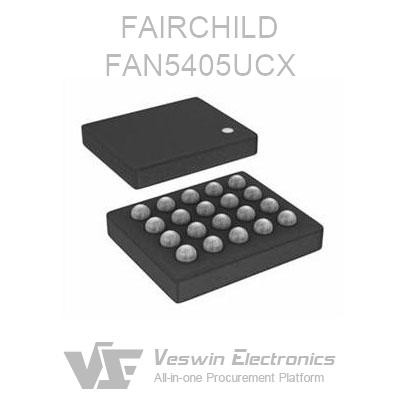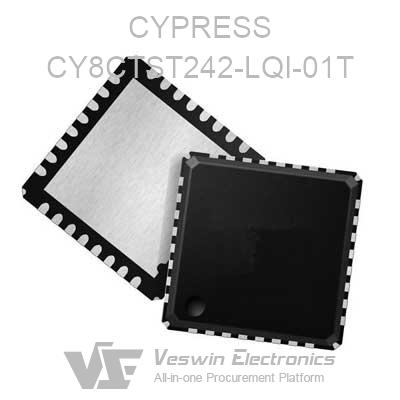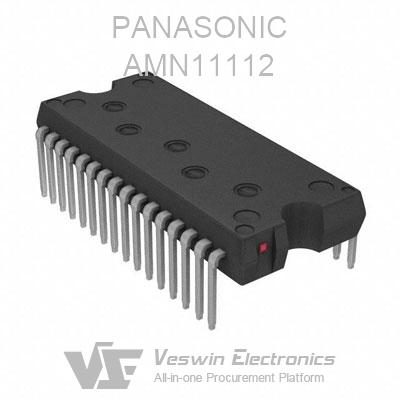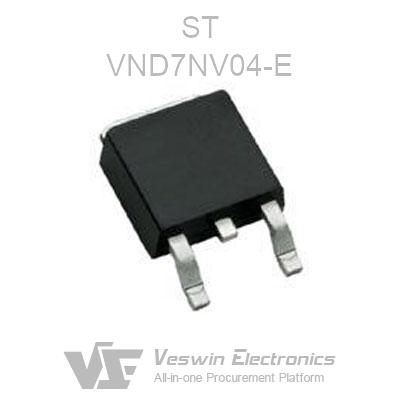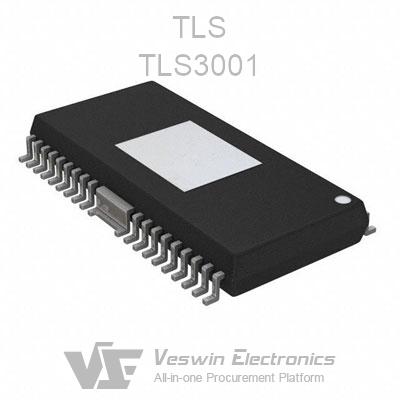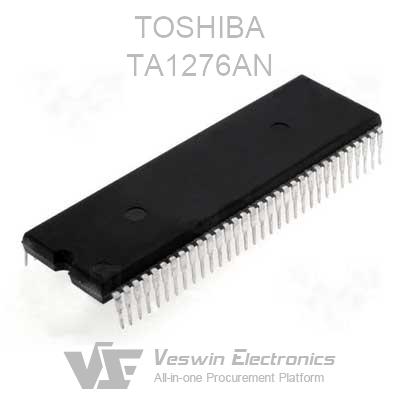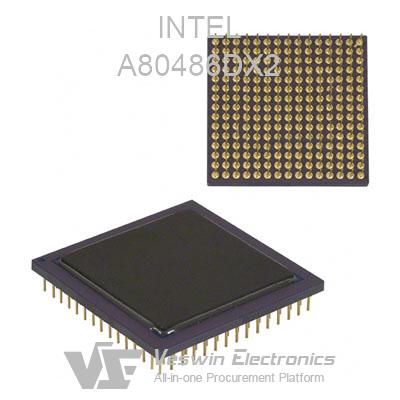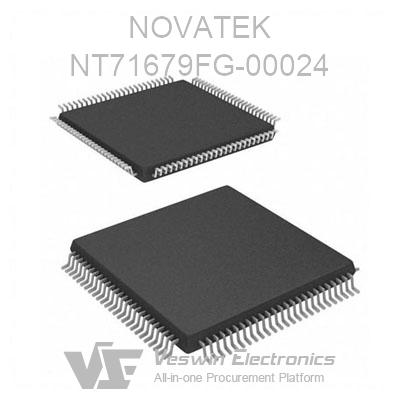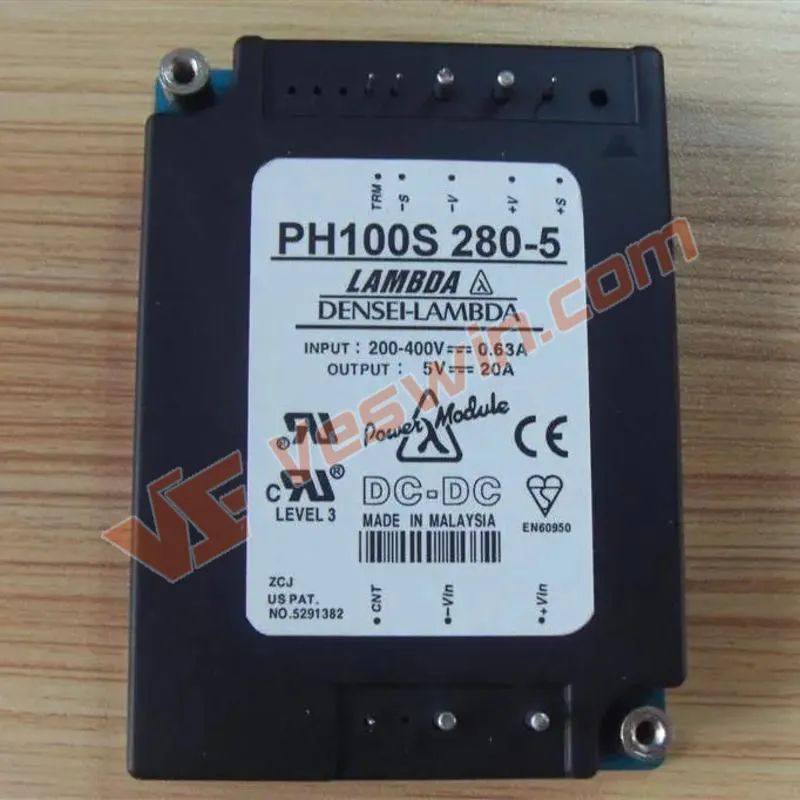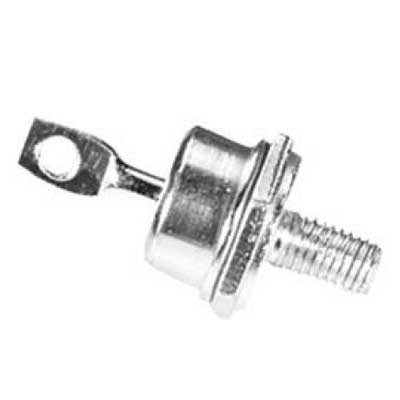Do you know what is JFET transistor and how does it work?
If the reverse bias voltage between the gate and source increases further, the depletion layer blocks the channel and electron flow stops. As shown above, the voltage applied between the gate and the source controls the state between the drain and the source. Therefore, JFETs are voltage-driven devices.
A JFET is a junction gate field effect transistor, an important component for precision level voltage operation control in analog electronics. While ordinary transistors are current-controlled devices that require current for biasing, JFETs are voltage-controlled devices. Like MOSFETs, JFETs have three terminals Gate, Drain and Source, as we saw in the previous tutorial.
We can use JFETs as voltage controlled resistors or switches, or even make amplifiers using JFETs. It is also an energy efficient alternative to the BJT. Jfet provides low power consumption and fairly low power consumption, which increases the overall efficiency of the circuit. It also offers very high input impedance, which is a major advantage over BJTs.
JFET drain characteristics with shorted gate: There are two ways to specify the output characteristics of a junction type field effect transistor. One is to short the gate to zero volts. This gives a single curve of the semiconductor device and shows how it operates under these conditions.
JFET drain characteristics with external bias: It is also important to understand how a junction FET operates under conditions of different bias levels. When completed, the characteristic curves at different bias levels will be given.
JFET Transfer Characteristics: The transfer characteristics of a junction type field effect transistor show the effect of a change in gate voltage V GSM affecting the output or drain current I D.
In the above figure, the JFET is biased by a variable DC supply that will control the VGS of the JFET. we have also applied a voltage between the drain and the source. Using the variable V GS, we can plot the IV curve of the JFET.
In the IV image above, we can see three diagrams corresponding to three different V GS voltage values, 0 V, -2 V and -4 V. There are three different regions Ohmic, Saturation and Breakdown regions. In the Ohmic region, the JFET acts like a voltage controlled resistor, where the current is controlled by the voltage applied to it. After that, the JFET enters the saturation region where the curve is almost straight. This means that the current is stable enough that V DS does not interfere with the current. However, when V DS is much larger than the tolerance, the JFET enters a breakdown mode where the current is not controlled.
This IV curve for the P-channel JFET is also almost identical, but there is little difference. When V GS and pinch point voltage or (V P ) are the same, the JFET will go into cutoff mode. Also as in the curve above, for N-channel JFETs, the drain current increases as V GS increases. However, for P-channel JFETs, the drain current decreases as V GS increases.
The JFET is a voltage-controlled constant-current device in which the variation of the input voltage controls the output current. some of the main advantages of the JFET are as follows.
It has a very high input impedance, which allows a high degree of isolation between the input and output circuits.
The operation of the JFET depends on the bulk material carriers that do not cross junctions. Therefore, there is no noise inherent in JFETs for both electron tubes and transistors.
JFETs have a negative temperature coefficient of resistance, thus avoiding the risk of thermal runaway.
JFETs have a very high power gain, which eliminates the need to use a driver stage.
JFETs are smaller in size, have longer life, and are more efficient.
In the image above, we can see the basic structure of a JFET. An N-channel JFET consists of a P-type material in an N-type substrate, and the N-type material is used in the P-type substrate to form a P-channel JFET.
JFETs are constructed using long channels of semiconductor material. According to the construction process, if a JFET contains a large number of positive charge carriers (called holes), it is a P-type JFET, and if it has a large number of negative charge carriers (called electrons), it is called an N-type FET.
In a long channel of semiconductor material, ohmic contacts are created at each end to form source and drain connections. A PN junction is built on one or both sides of the channel.
The best example of how a JFET works is to imagine a garden hose.
Suppose a garden hose is providing water flow through it. If we squeeze the hose, the flow will decrease, and if we squeeze it all the way, the flow will be zero at some point. JFETs work this way. If we swap the hose with the JFET, the water flow with the current, and build the current-carrying channel, we can control the current.
When there is no voltage between the gate and source, the channel becomes a smooth path, open for electron flow. However, the opposite happens when a voltage of reverse polarity is applied between the gate and source, which reverse biases the PN junction and narrows the channel by adding a depletion layer and possibly Keep the JFET in the cut-off or pinch-off region.
In the image below, we can see the saturation mode and the pinch-off mode, and we will be able to understand that the depletion layer becomes wider and the current becomes smaller.
If we want to turn off the JFET, we need to supply the N-type JFET with a negative gate-source voltage, denoted as VGS. For a P-type JFET, we need to provide a positive V GS.
Further Reading: What are the uses of FETs?
A MOSFET is a four-terminal semiconductor field-effect transistor made of thyristor oxide, and the applied voltage determines the conductivity of the device.
The gate, located between the source and drain channels, is electrically insulated from the channel by a thin layer of metal oxide. This is to control the voltage and current flow between the source and drain channels.
MOSFETs play a vital role in integrated circuits due to their high input impedance. They are mainly used in power amplifiers and switches, in addition, they also play a vital role in embedded system design as functional elements.
1. Basics of FETs and MOSFETs
Both JFET and MOSFET are voltage-controlled transistors used to amplify analog and digital weak signals. Both are unipolar devices but differ in composition. JFET stands for Junction Field Effect Transistor while MOSFET stands for Metal Oxide Semiconductor Field Effect Transistor. The former is a three-terminal semiconductor device, while the latter is a four-terminal semiconductor device.
2. FET and MOSFET operating modes
Both have smaller transconductance values compared to bipolar junction transistors (BJTs). JFET can only work in depletion mode, while MOSFET can work in depletion mode and enhancement mode.
3. Input impedance in FETs and MOSFETs
The high input impedance of the JFET is about 1010 ohms, which makes it sensitive to input voltage signals. MOSFETs offer higher input impedance than JFETs, thanks to the metal oxide insulator, making them more resistive at the gate.
4. Gate leakage current
It refers to the gradual loss of electrical energy due to electronic equipment even when it is turned off. While JFETs allow gate leakage currents of the order of 10^-9 A, MOSFETs will have gate leakage currents of the order of 10^-12 A.
5. Damage resistors in FETs and MOSFETs
Since the extra metal oxide insulator reduces the capacitance of the gate, making the transistor vulnerable to high voltage damage, MOSFETs are more susceptible to damage from electrostatic discharge. On the other hand, JFETs have higher input capacitance than MOSFETs and are therefore less susceptible to ESD damage.
6. Cost of FETs and MOSFETs
JFETs follow a simple, less complex manufacturing process, which makes them cheaper than MOSFETs, which are expensive due to more complex manufacturing processes. The additional metal oxide layer adds to the overall cost.
7. Applications of FETs and MOSFETs
JFETs are low noise applications such as electronic switches, buffer amplifiers, etc. On the other hand, MOSFETs are mainly used in high noise applications such as switching and amplifying analog or digital signals, in addition, they are also used in motor control applications and embedded systems.
Hot News
